Inverted Nipple Surgery: Procedures, Recovery & Side Effect
Body Plastic Surgery
Each breast has two parts: the projected and surrounding pigmented areas. Sometimes, the projected part -or nipple- points inward, making the breast look unnatural. Although nipple inversion does not cause any medical problems, it changes the appearance of the breast and affects the patient's self-esteem. It is recommended to perform inverted nipple surgery for a better appearance. In this essay, we discuss aspects of inverted nipple treatment and answer some of your questions.
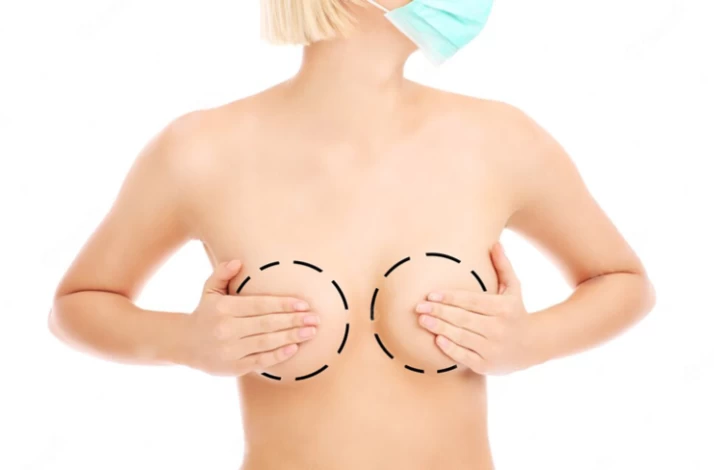
What Is Nipple Correction Surgery?
Despite being common and harmless, nipple changes may be troublesome for women in an intimate relationship or wishing to breastfeed their child. The best and most permanent treatment for nipple deformities is nipple correction surgery.
Nipple repair surgery is a minimally invasive procedure with a short recovery period. Most patients can return to work within three days but must wear a shield cup to protect their nipples and areola. Doing heavy exercises and having intercourse should be avoided until the wounds are healed.
Why Is Inverted Nipple Surgery Needed?
The inward nipple is a painless problem and does not affect the patient's general health. However, it may cause difficulty in nursing the child, lower her self-confidence, and interrupt her intimate relationships; therefore, inverted nipple surgery is needed to make it easier for a mother to breastfeed.
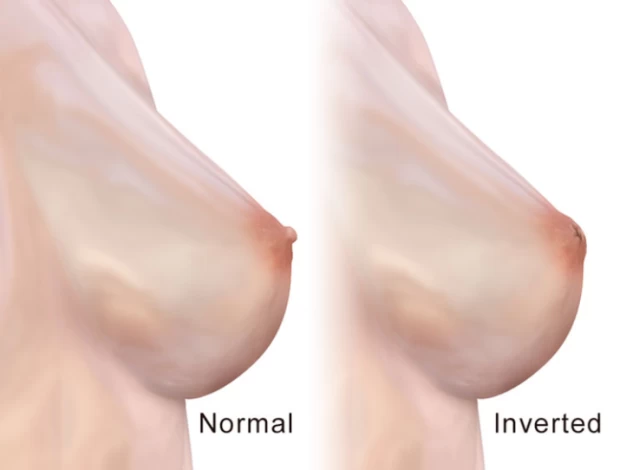
Do Inverted Nipples Ever Go Away?
Typically, inverted nipples don't disappear on their own. Ask your doctor about surgical options if you have concerns about their appearance. Alternatively, inquire with your doctor about methods like the Hoffmann technique for training your nipple to extend. Depending on what's causing your nipples to invert and what grade of inversion they are, your doctor may guide both short- and long-term options.
How To Treat an Inverted Nipple?
For aesthetic or nursing-related reasons, a person may want to alter the form of their nipple.
Prior to attempting the following techniques, see a doctor:
- Hoffman's Method: This entails pulling off the nipple manually at home. Put your thumbs on either side of the base of your nipple. Gently separate them by pressing the thumbs into the breast flesh firmly. The nipple should protrude outward as a result of this. Each person will have a different tolerance for how long it remains out.
- Suction Devices: These provide a non-invasive method of extracting the nipple.
- Piercings: A piercing may assist in maintaining the upright posture of the nipple.
- Cosmetic Surgery: Surgeons can alter the nipple's form using various surgical techniques to make it point outward.
Any operation the doctor performs seeks to keep the nipple's normal sensitivity, prevent apparent scarring, and keep the breast duct functioning so that breastfeeding is possible.
Inverted Nipple Surgery Procedure
Inverted nipple surgery is an inpatient operation in which inverted nipples or retracted ones (flat nipples) are manipulated to project outward. Usually, inverted nipple treatment is done under general anesthesia, but if the patient has a serious health problem, the surgeon probably administers local anesthesia to reduce the post-op complications.
Based on the grade of nipple inversion, one of these two techniques is used to correct the inward nipple.
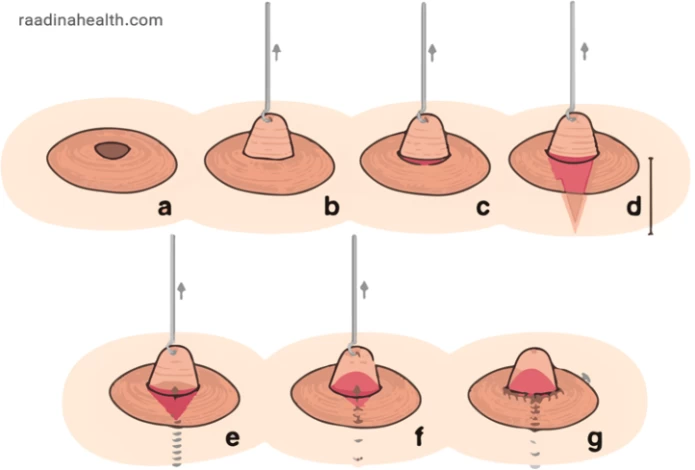
Moderate (grade 1 and 2) nipple inversion
In cases where the nipple inversion is mild to moderate, the surgeon lifts the areola tissue by making several tiny incisions and then stretches the short milk ducts (instead of cutting them) to release the nipple. Since, in this method, the milk ducts are kept intact, the patient can breastfeed in the future; however, the chance of nipple inversion recurrence is high in this technique.
Severe (grade 3) nipple inversion
In patients with severely inverted nipples, the surgeon makes multiple incisions around the areola and under the nipple to lift the areola tissue and have more access to the milk ducts. Then, he cuts the milk ducts, pulls the nipple, and tightens the neck of the nipple. The lifted areola tissue is placed in its former position, and the projected nipple is sutured in its new location. As this procedure involves cutting the milk ducts, the patient may lose her ability to breastfeed partially or entirely. The advantage of this nipple repair surgery is that its results are permanent.
What to Expect After Inverted Nipple Surgery?
Suppose inverted nipple surgery is done under local anesthesia. In that case, you can go home on the day of the surgery, but if the operation is done under general anesthesia, you should stay a night at the hospital to check your vital signs for 2 hours. During the first two weeks after the procedure, you may experience moderate pain, burning sensation, and itching in your breast. In your first appointment after the surgery, which takes place two weeks, your healthcare provider removes your dissolvable stitches and checks your nipple position and projection.
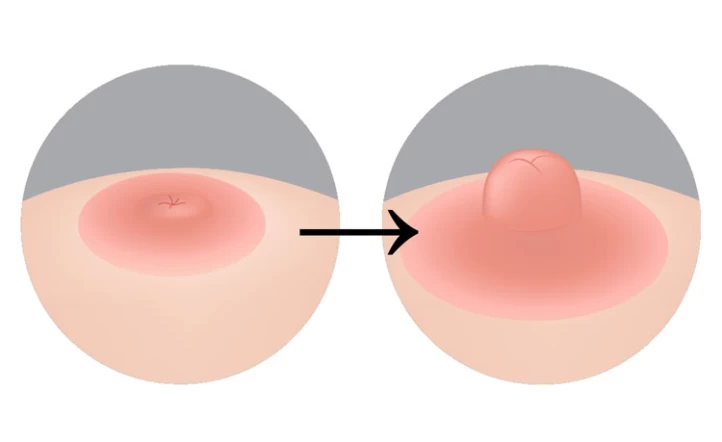
Inverted Nipple Surgery Recovery Timeline
The inverted nipple surgery recovery time depends on the extent of your procedure, how fast your wounds heal, and how you care for your body during the first two weeks. On average, the full recovery from nipple repair surgery takes four weeks, but you can return to work four to seven days after the operation. Read on to learn what to do during the four-week recovery period of inverted nipple treatment.
Week 1-2
All sports and strenuous activities should be avoided for two weeks after the surgery. Swimming, running, jumping, and lifting heavy objects are not allowed during this time as these activities increase swelling and prolong the healing process.
Week 3
By the third week, most of your pain and bruising are gone, and you can walk for a long daily walk.
Week 4 and beyond
You can resume your regular exercise plan from the fourth week onward. However, contact sports and weightlifting should be avoided for at least two months after the surgery.
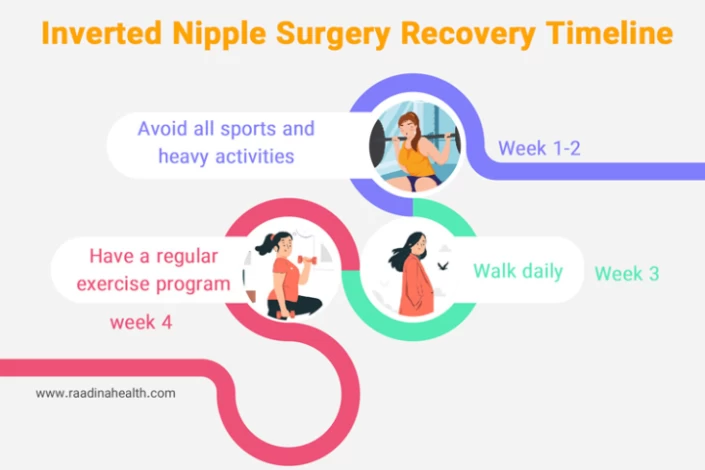
Nipple Inversion Grades
Based on the extent of indentation, the inward nipple is divided into three categories:
Garde I
Grade 1 nipple inversion, also known as shy nipple or retracted nipple, is the mildest form of this disease. In this situation, the nipple is either slightly inverted or flat on the areola, but it can be protruded by touch and cold temperature. In grade I, the nipple usually stays in a projection state for a while before turning inward.
Grade II
Grade 2 nipple inversion (in one or both breasts) is a rather common problem in women of childbearing age. At this stage, the inversion is slightly more than in grade 1, and the nipple inverts immediately after stopping the stimulation. Usually, the cause of grade 2 nipple inversion is either the existence of fibrosis under the nipple or a slight retraction in the milk ducts.
Garde III
Grade 3 nipple inversion is a severe form of inversion and can only be corrected through a surgical procedure. At this stage, the nipple does not evert, even with manual stimulation or a Niplette suction device.
How to Prevent Scarring after Nipple Correction Surgery?
Although the incisions made during the nipple repair surgery are small, they mainly cause scarring. To prevent scarring after this operation, consider the following points:
- Massage your scars gently once your wounds are healed completely;
- Use silicone sheets or gels for six months after the surgery to make your scars less apparent. Keep in mind that you can only use silicone-based products once your wounds are healed, and the tape is removed from your breast;
- Avoid UV light as much as possible. Sunbathing, using tanning beds, and even walking under sunlight without sunscreen or protection can lead to scarring;
- Stay hydrated. Drink six glasses of water a day to keep your skin fresh and elastic;
- Avoid stretching activities. Any activity that applies pressure on your chest can increase the risk of scarring;
- Avoid smoking tobacco and drinking alcohol as they cause hyperpigmentation on the surgical site.

Inverted Nipple Surgery Risks and Side Effects
It is important to know the possible risks and complications of inverted nipple surgery before undergoing it. In the following, we enumerate this operation's most important side effects.
Problem in breastfeeding
If the patient has grade 3 nipple inversion, the doctor has to cut the milk ducts to pull the nipples outward. In such a case, she will lose her ability to nurse her child forever. Therefore, surgeons usually ask their patients to get nipple correction surgery once they are done getting pregnant.
Scarring
The scars of inverted nipple surgery are minimal and mostly get paler up to 12 months following the procedure. If the patient has a history of developing hypertrophic or keloid scars, she may also develop one after this surgery.
Seroma
In some rare cases, tiny pockets of bodily fluid are formed under the breasts -right under the incisions- after the surgery. Seroma will not affect the results of the operation and will resolve on its own during the first three weeks after the operation.
Change in the sensation of the nipple.
Some patients experience numbness or hyper-sensitivity in their nipples for a few months after the operation. Also, they may have mild to moderate soreness in their breast for four weeks, especially in the incision site.
Infection
Perhaps the most important and serious complication of inverted nipple surgery is infection. Therefore, you need to take your antibiotics as instructed and be aware of the symptoms of infection until your wounds are fully healed. Common signs of infection include fever higher than 38˚, swelling and redness that increases daily, smelly discharges from wounds, and unbearable pain that regular painkillers cannot relieve.
Necrosis
Although rare, the skin or tissue of the nipple may die during the surgery. If tissue necrosis happens, the surgeon must perform another operation to remove the dead tissue and revive the blood supplies.
Swelling and bruising
The most common side effects of inverted nipple surgery are swelling and bruising. Most swelling will subside within a couple of months after the surgery. The bruising is also healed two or three weeks following the surgery, but if it persists, it may be a sign of hematoma (blood clot under the skin).
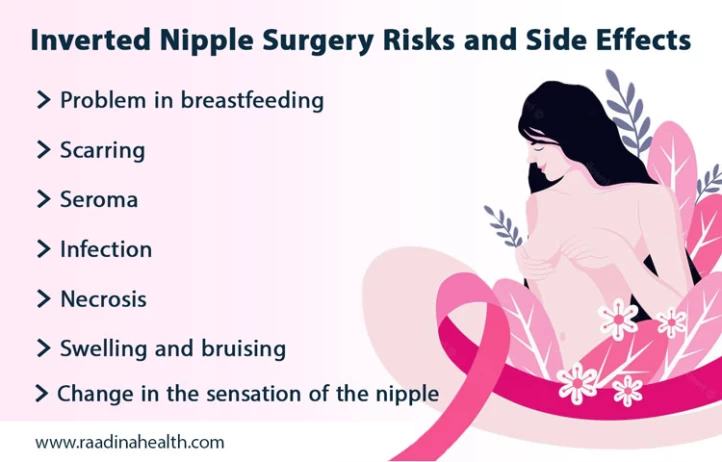
What Are the Causes of Flat or Inverted Nipples?
There are several possible causes of flat or inverted nipples, including:
- Genetics: Some people are born with naturally flat or inverted nipples due to genetic factors.
- Hormonal Changes: Hormonal fluctuations during puberty, pregnancy, or breastfeeding can cause changes in the shape and size of the nipples. In some cases, this can lead to temporary inversion or flattening.
- Breastfeeding Difficulties: Inverted nipples can make it challenging for a baby to latch onto the breast properly, which may result in breastfeeding difficulties. However, it's important to note that inverted nipples do not necessarily prevent breastfeeding.
- Breast Surgery or Trauma: Previous breast surgery, such as breast augmentation or reduction, can sometimes alter the shape of the nipples. Trauma to the breasts can also cause changes in nipple appearance.
- Aging: As a person ages, their breast tissue and ligaments may become less firm, which can cause the nipples to flatten or invert.
- Inflammatory Conditions: Certain inflammatory conditions like mastitis (breast infection) or dermatitis (skin inflammation) can affect the nipple shape temporarily.
It's worth mentioning that having flat or inverted nipples is usually not a cause for concern unless it is a recent change or accompanied by other symptoms.
Final Word
Inverted nipple surgery can be a great option for women who want to improve the appearance of their breasts. However, it's recommended that patients carefully consider the risks and benefits of the procedure before making a decision.
With many patients travelling there to undergo various cosmetic surgeries, Iran has become a popular medical tourism destination worldwide. The reasons for this popularity include the relatively low cost of medical service in Iran compared to other countries, its highly qualified medical care and hospitals, Iranian skilled and experienced plastic surgeons, and the emphasis of Iranian culture on beauty and appearance.
If you are considering plastic surgery in Iran, you can schedule an online consultation with us at Raadina Health. We can help you decide about performing inverted nipple surgery in Iran.
FAQs About Nipple Correction Surgery
Can I drive after an inverted nipple treatment?
You cannot drive right after the surgery as you are under sedatives and probably feel dizzy for a few days. You can drive independently from a week after the operation.
When can I get back to work after inverted nipple surgery?
You must take at least a week off if your job is physically demanding. But if you have a desk job, you can return to work three days following the operation.
Can I exercise after inward nipple surgery?
You can start walking around the house 48 hours after the surgery. However, vigorous physical activities should be avoided for at least three weeks after the procedure.
How long does it take to see the results of nipple correction surgery?
You can see the final results of your operation once the swelling has subsided, i.e., six to eight weeks after the surgery.
Can I wear a bra after nipple surgery?
No. Applying pressure on the breasts should be avoided until the wounds fully heal. Therefore, you cannot wear a bra or sleep on your stomach for the first few weeks after the nipple surgery.
How long after breastfeeding can I get nipple correction surgery?
You can get nipple correction surgery almost six months after finishing breastfeeding. This period helps the nipples and milk ducts to return to their original state before being altered.
How long do the results of inverted nipple surgery last?
Generally, the results of nipple correction surgery are permanent, but in 20% of cases, nipple inversion may recur and require another surgery.
Do nipple correctors work permanently?
Nipple correctors can offer temporary improvement, but they usually do not create permanent results. Once the device is removed, the nipples often return to their original position unless the inversion is very mild.
How can I fix flat nipples permanently?
Permanent correction usually requires a minor surgical procedure that releases the tight milk ducts or fibrous bands pulling the nipple inward. Surgical correction offers long-lasting results and is recommended for moderate to severe nipple inversion.
How can I get rid of flat nipples?
Flat nipples can sometimes be improved with suction devices or stimulation techniques, but these methods rarely work for structural inversion. For a reliable and permanent solution, nipple inversion surgery is the most effective option.
 WhatsApp
WhatsApp
 Telegram
Telegram
 Facebook
Facebook
 Email
Email

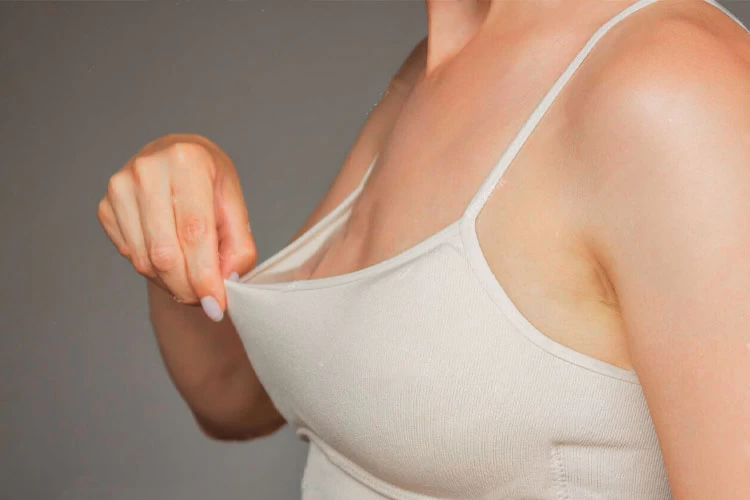

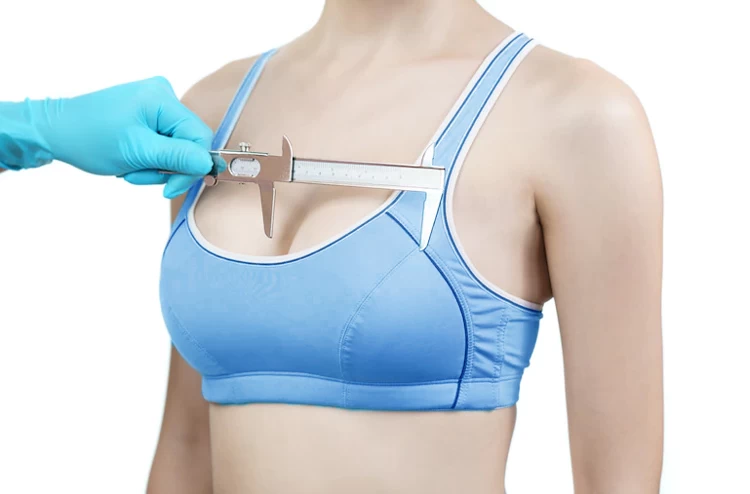
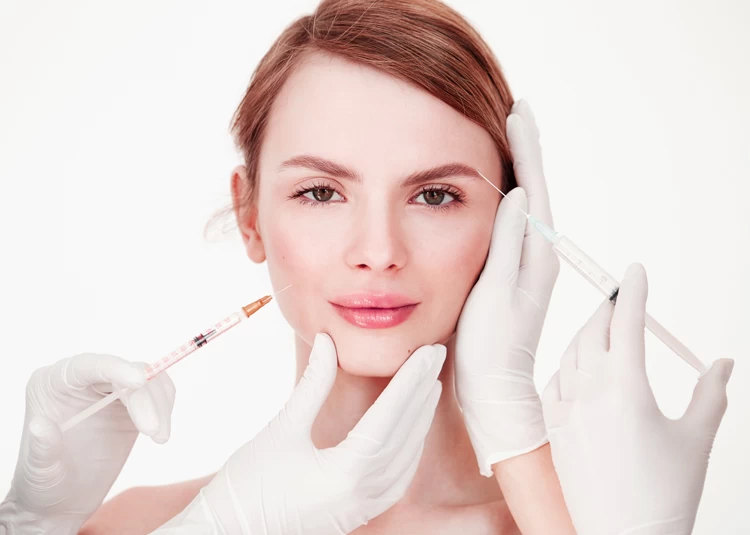
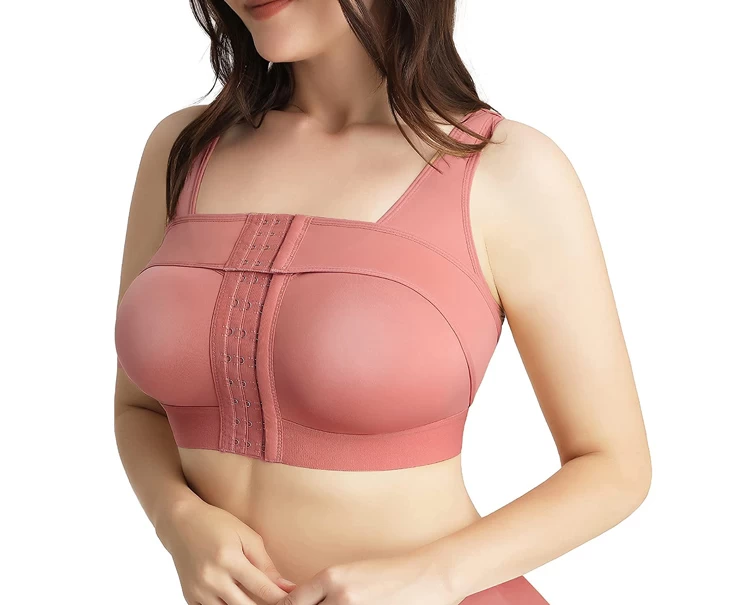

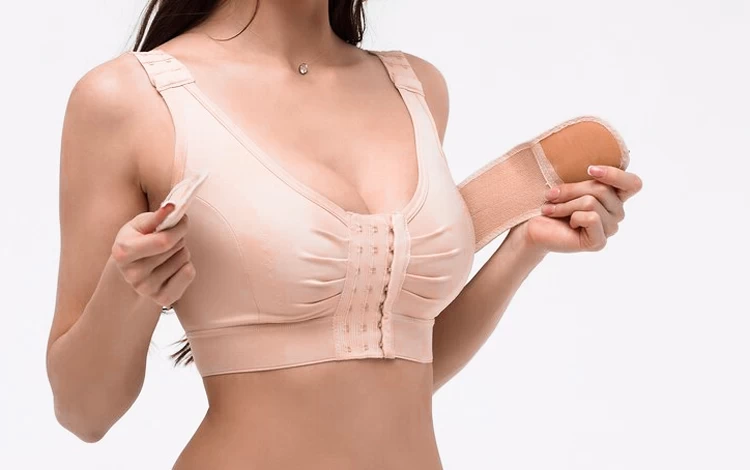
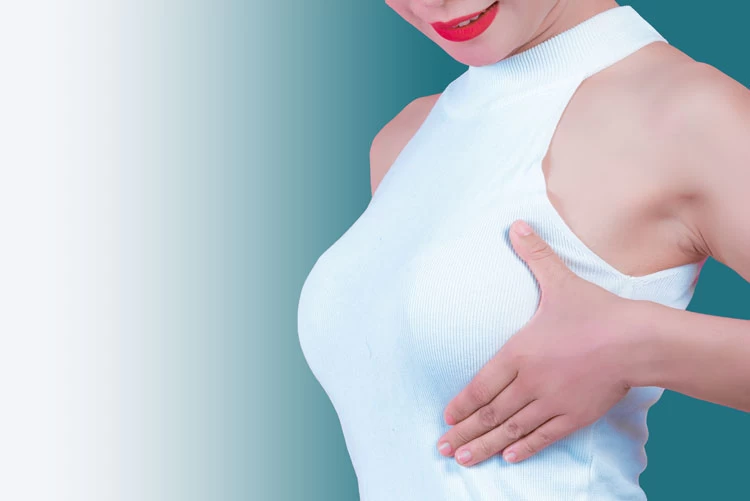
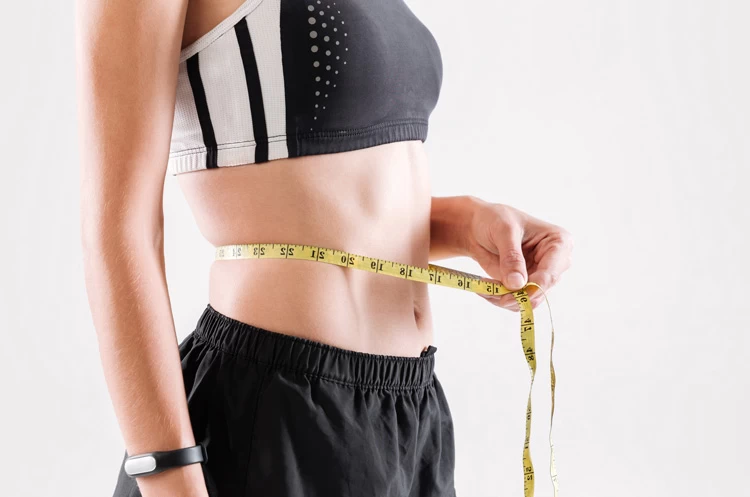


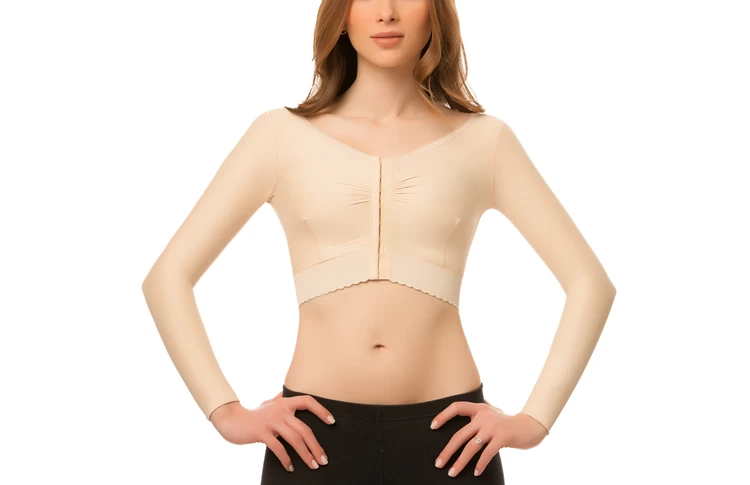

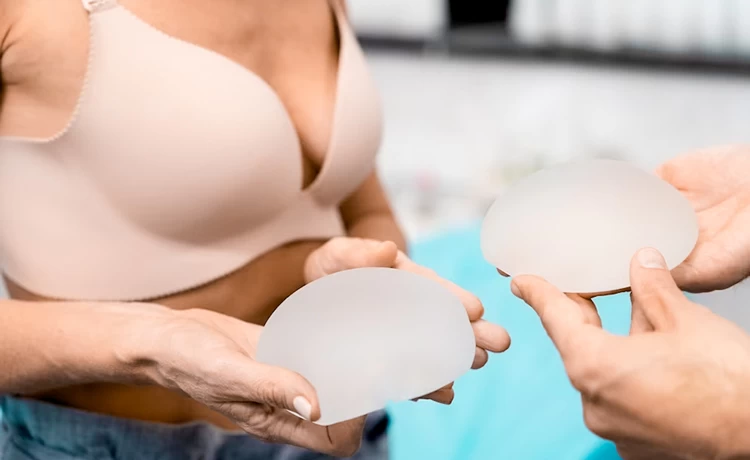
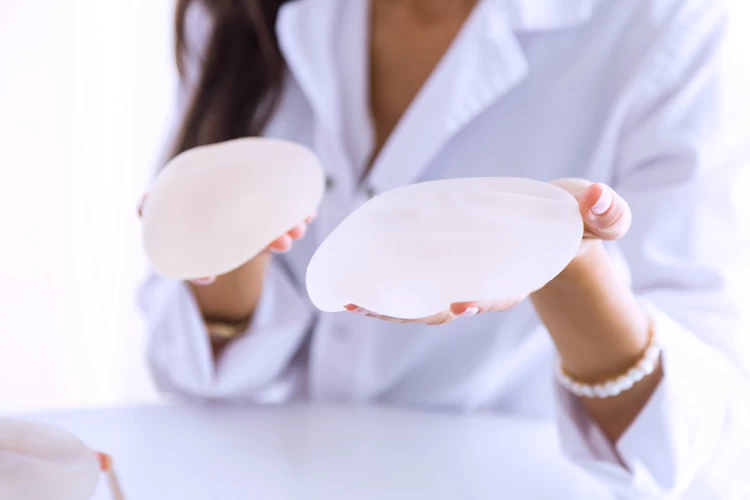
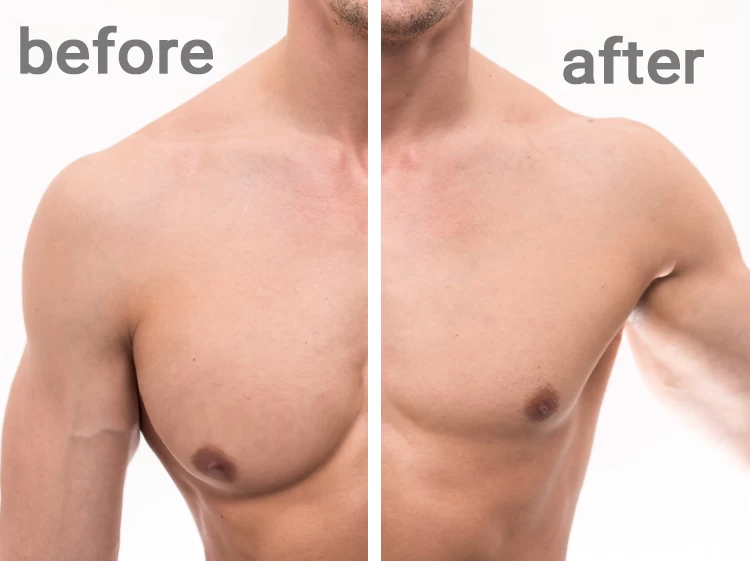

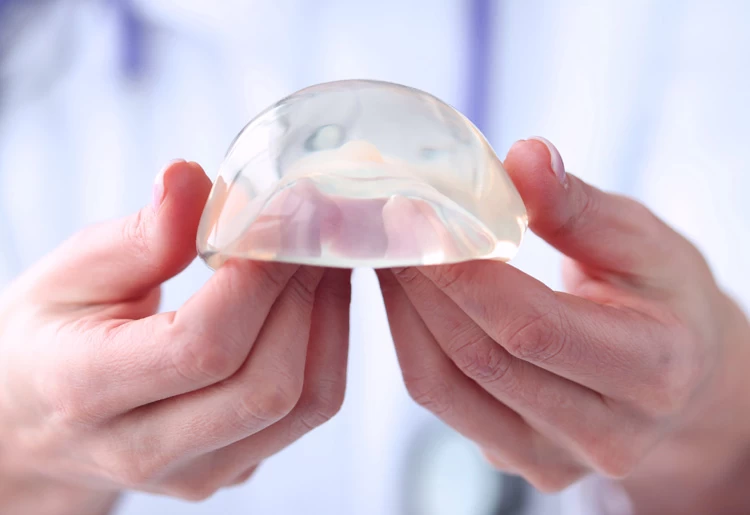


User
-Is there a way to naturally fix inverted nipples?
Fatemeh Vajhi
-Hello dear friend
It depends on the level of the inverted nipple problem
In some areas, it can be fixed with long-term massage
And in some cases, surgery is needed